Health and Wellness Trends
The Bulk Food Ingredients Market is significantly influenced by the rising health and wellness trends among consumers. There is an increasing awareness regarding the nutritional value of food, leading to a preference for ingredients that are perceived as healthier. This shift is evident in the growing demand for whole grains, natural sweeteners, and functional ingredients that offer health benefits. Market data indicates that the health food segment is expected to expand at a rate of 5% annually, which is likely to bolster the bulk food ingredients sector. Manufacturers are responding by reformulating products to include these healthier options, thereby driving the demand for bulk food ingredients that align with consumer health aspirations. As a result, suppliers who can provide high-quality, health-oriented bulk ingredients may find themselves at a competitive advantage in this evolving market landscape.
Expansion of E-Commerce in Food Sector
The Bulk Food Ingredients Market is being transformed by the rapid expansion of e-commerce within the food sector. As consumers increasingly turn to online platforms for their grocery needs, the demand for bulk food ingredients is likely to rise. E-commerce provides convenience and accessibility, allowing consumers to purchase bulk ingredients directly from suppliers. Recent data indicates that online grocery sales are expected to grow by over 20% in the next few years, which could significantly impact the bulk food ingredients market. This shift presents opportunities for suppliers to reach a broader audience and streamline distribution channels. As e-commerce continues to evolve, suppliers of bulk food ingredients that adapt to this trend may find new avenues for growth and increased market share.
Increasing Demand for Convenience Foods
The Bulk Food Ingredients Market is experiencing a notable surge in demand for convenience foods. As lifestyles become increasingly fast-paced, consumers are gravitating towards ready-to-eat and easy-to-prepare meal options. This trend is reflected in the growing sales of pre-packaged meals and snacks, which often rely on bulk food ingredients for cost-effectiveness and efficiency. According to recent data, the convenience food sector is projected to grow at a compound annual growth rate of approximately 4.5% over the next five years. This growth is likely to drive the demand for bulk food ingredients, as manufacturers seek to optimize production processes and maintain competitive pricing. Consequently, suppliers of bulk food ingredients are positioned to benefit from this trend, as they provide essential components that cater to the evolving preferences of consumers.
Sustainability and Eco-Friendly Practices
The Bulk Food Ingredients Market is increasingly shaped by the emphasis on sustainability and eco-friendly practices. Consumers are becoming more conscious of the environmental impact of their food choices, prompting manufacturers to seek sustainable sourcing and production methods. This trend is reflected in the rising demand for organic and responsibly sourced bulk food ingredients. Recent statistics suggest that the market for organic ingredients is expected to grow by over 10% in the coming years, indicating a robust shift towards sustainability. Companies that prioritize eco-friendly practices in their supply chains are likely to attract environmentally conscious consumers, thereby enhancing their market position. As sustainability becomes a key differentiator, suppliers of bulk food ingredients that adhere to these principles may experience increased demand and loyalty from both manufacturers and consumers.
Innovation in Food Processing Technologies
The Bulk Food Ingredients Market is witnessing a wave of innovation driven by advancements in food processing technologies. These innovations are enabling manufacturers to enhance the quality, safety, and efficiency of bulk food ingredients. Techniques such as high-pressure processing and advanced drying methods are being adopted to improve product shelf life and nutritional value. Market analysis indicates that the food processing technology sector is projected to grow at a rate of 6% annually, which is likely to positively impact the bulk food ingredients market. As manufacturers invest in state-of-the-art processing technologies, the demand for high-quality bulk ingredients that meet evolving standards is expected to rise. This trend suggests that suppliers who can offer innovative and technologically advanced bulk food ingredients may gain a competitive edge in the marketplace.


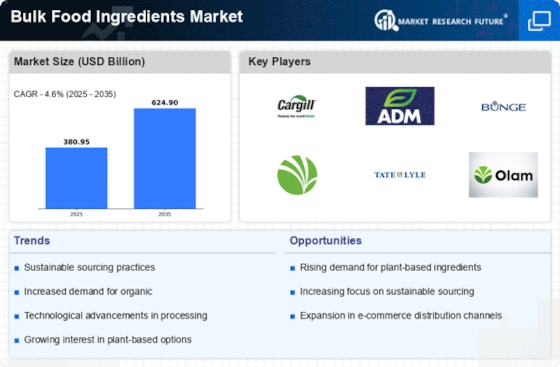
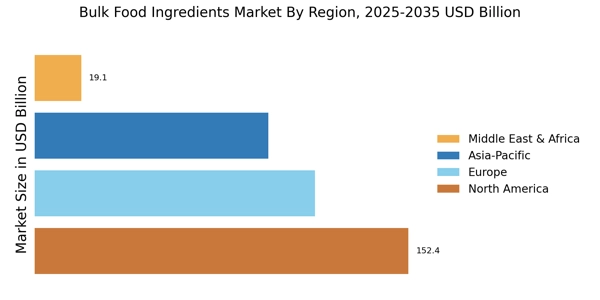
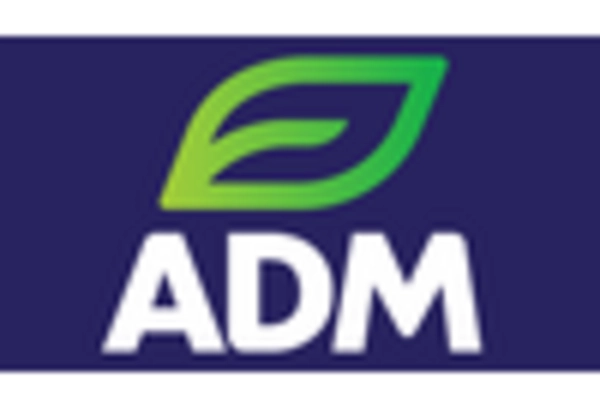
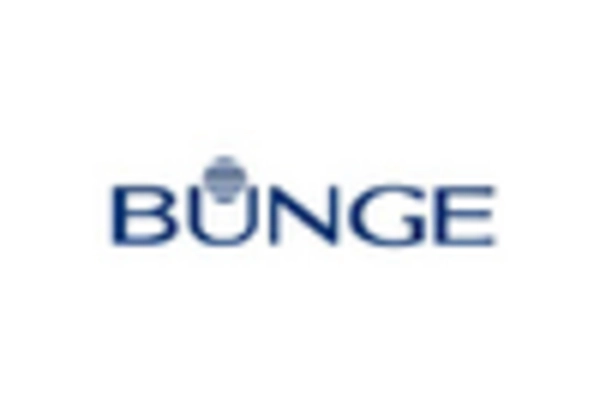


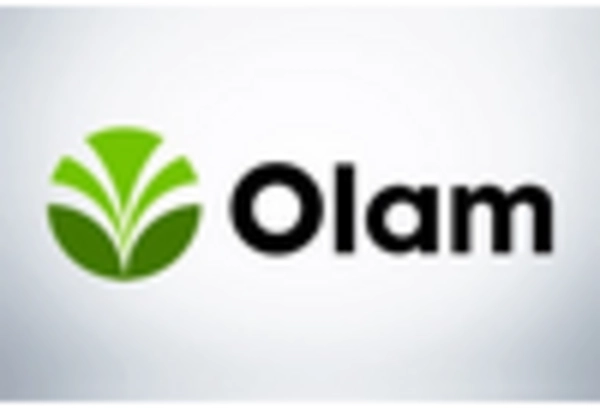









Leave a Comment